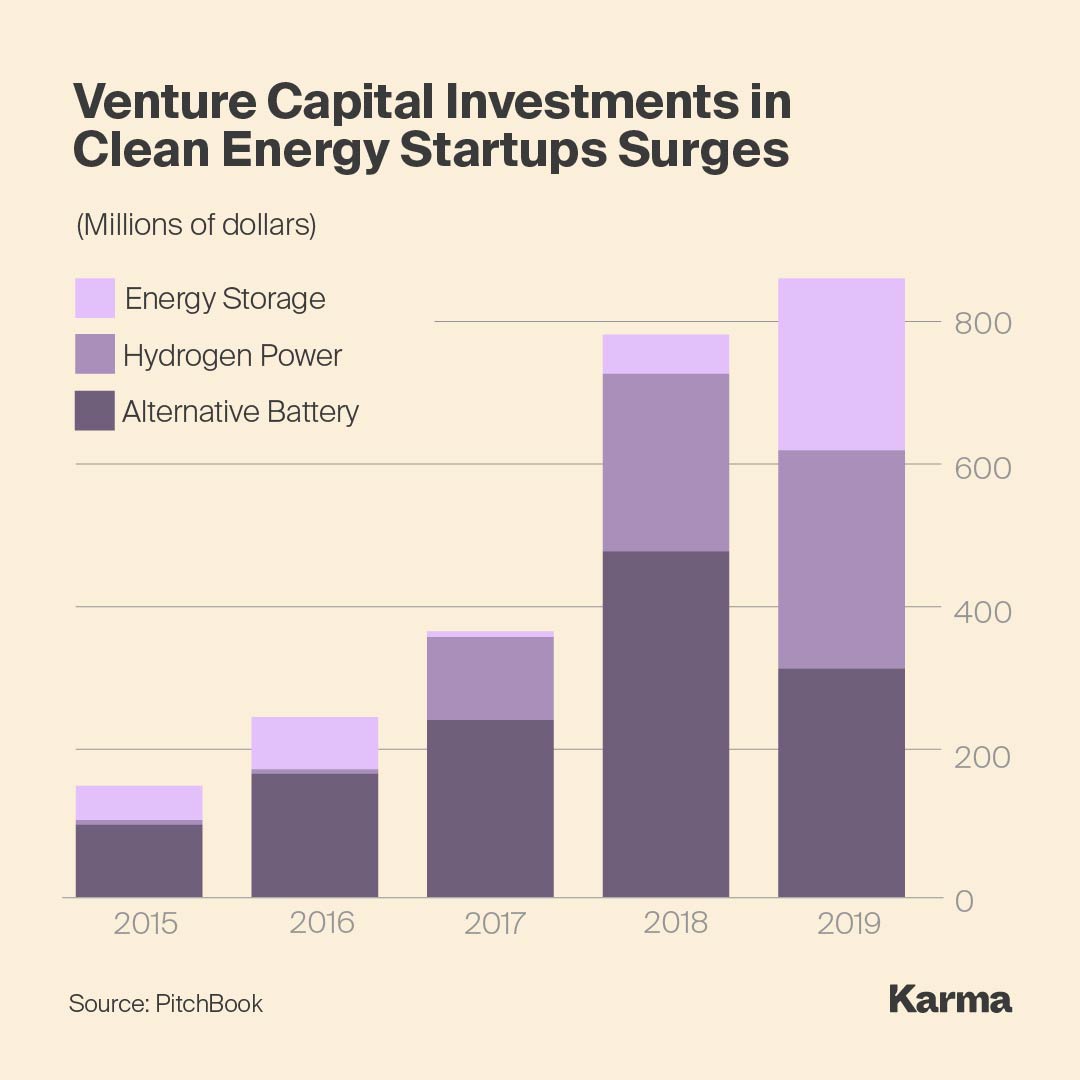While billions of dollars have been spent on developing batteries to store solar and wind energy, some startups are betting that gravity is a better option.
The adoption of renewable energy is hindered by solar and wind being unavailable when the sun doesn’t shine or the wind dies. The search for a cheap, dependable way to overcome these limitations has focused on lithium-ion batteries. They, too, have drawbacks — while prices are falling, lithium-ion batteries degrade, use hard-to-get materials and aren’t great for the environment.
Energy Vault, which raised $110 million from SoftBank’s Vision Fund in August, plans to build tall cranes to lift 35-ton compostable bricks. When solar or wind farms produce excess power the cranes will lift the bricks, and when the electricity is needed, the crane unstacks the towers. The kinetic energy resulting from dropping the bricks will produce electricity. The Swiss company says the technology should produce cheaper electricity than fossil fuels.

The company began working on its product two years ago, CEO Robert Piconi told Swissinfo.ch in January.
“We did not want to invest in the technologies that are being developed at the moment with a view to building big electric batteries,” he said. “These batteries tend to use chemical substances like lithium which have a harmful effect on the environment. Besides, they get less efficient by the year.”
Other gravity-based storage systems are being developed in the U.S., Scotland, Germany and Morocco, according to the Wall Street Journal. They range from Glasgow-based Gravitricity, which plans to put electric winches in abandoned mineshafts that will wind up and then drop weights, to Germany’s Gravity Energy AG that wants to build underground tanks and use spare energy to drive a water-powered piston.
Gravity storage might help balance fluctuations on the energy grid, a problem intensified by the growth of solar and wind power, Thomas Morstyn, an energy-systems researcher at Oxford University, told the WSJ. These systems have two major advantages over batteries: they don’t wear down as fast and are adjustable.
- Austria’s International Institute for Applied Systems Analysis has proposed mountain gravity energy storage, a technology that works by transporting sand or gravel to higher elevations, storing potential energy from the upward journey and releasing it on the way back down. The higher the height, the greater the amount of stored energy.
- Angel investor Tom Blum, who has backed around 30 companies, says he doesn’t know many people who have made money on battery-technology investments and advises those considering them to “run away.”






















